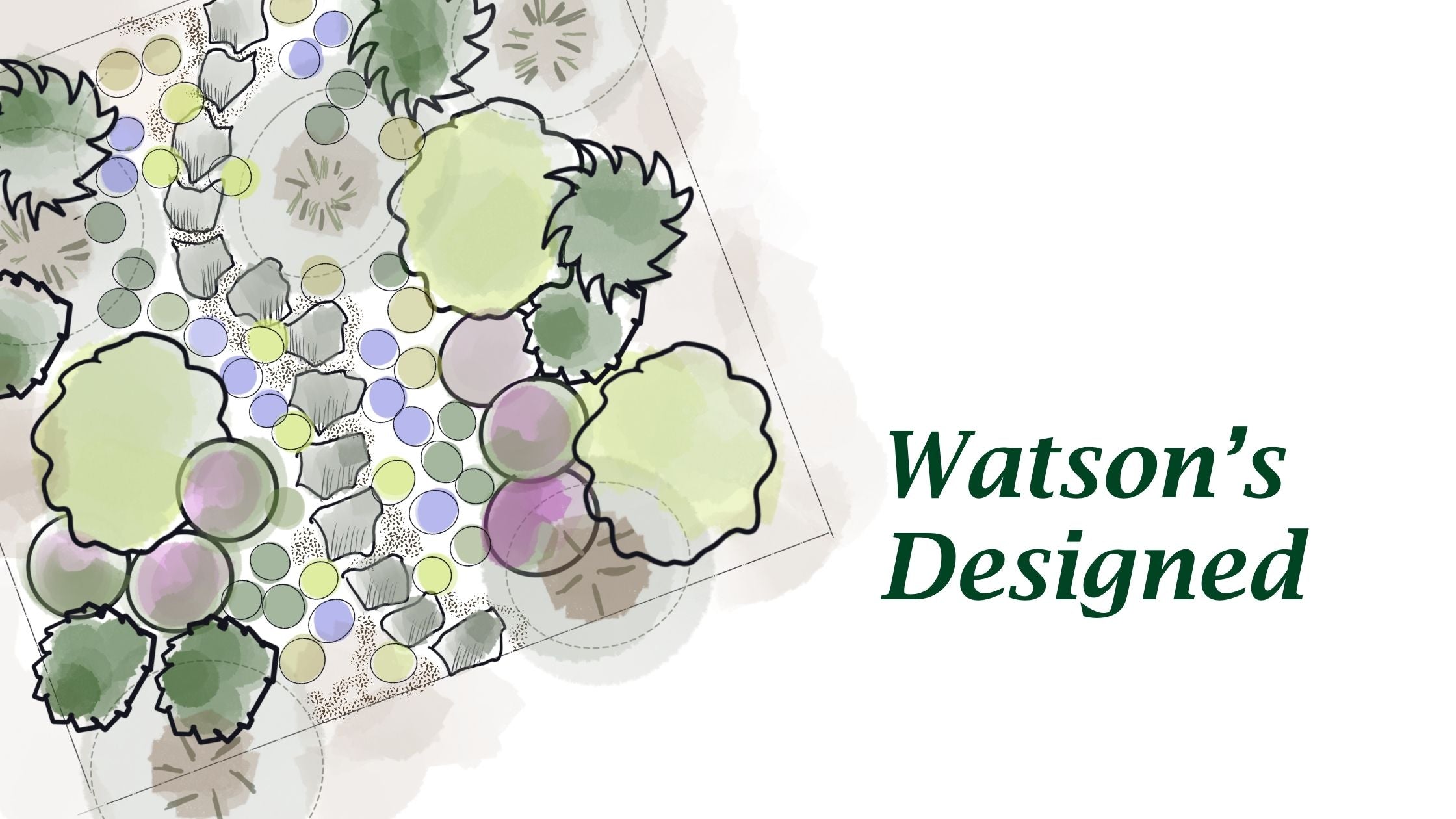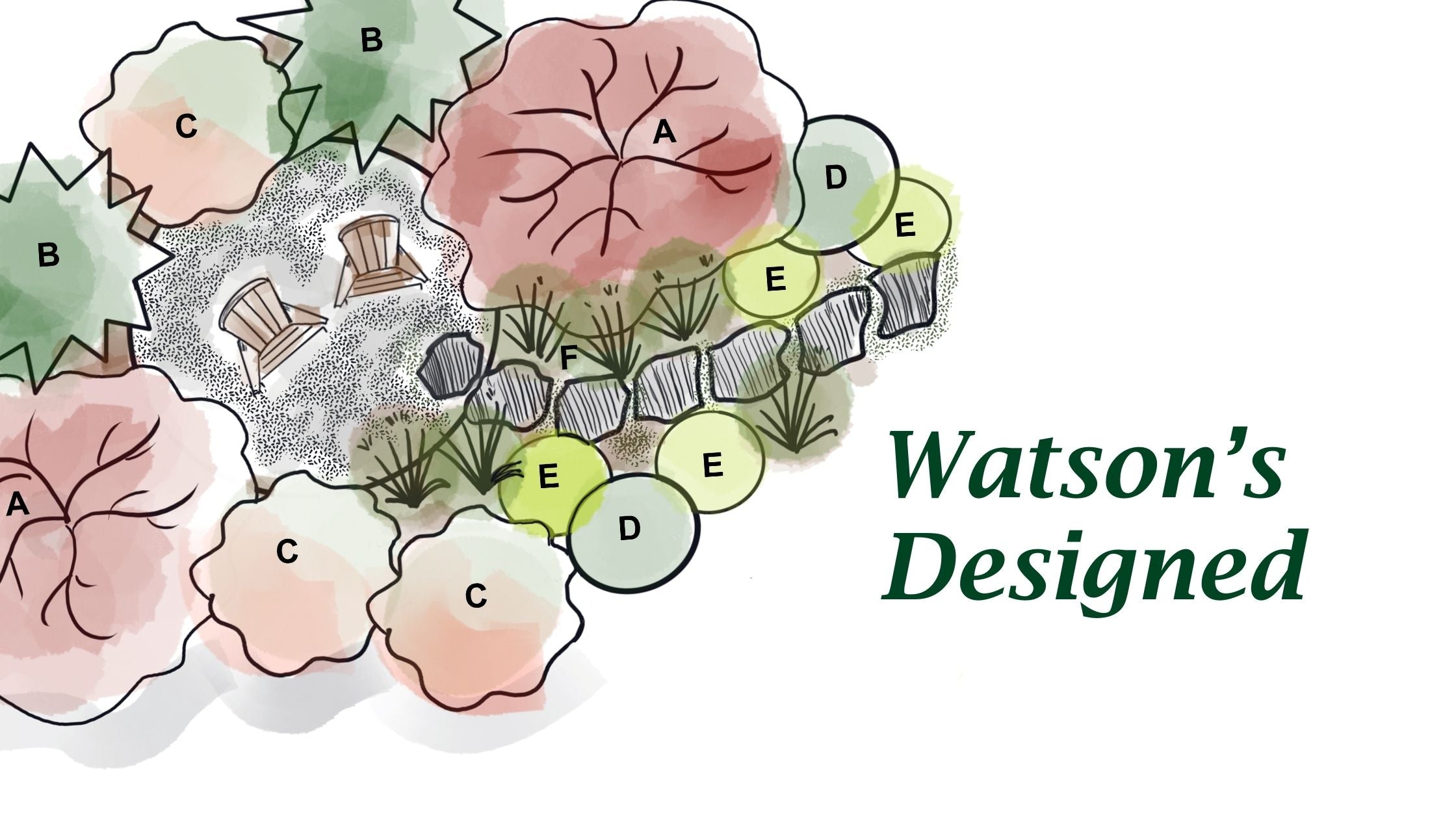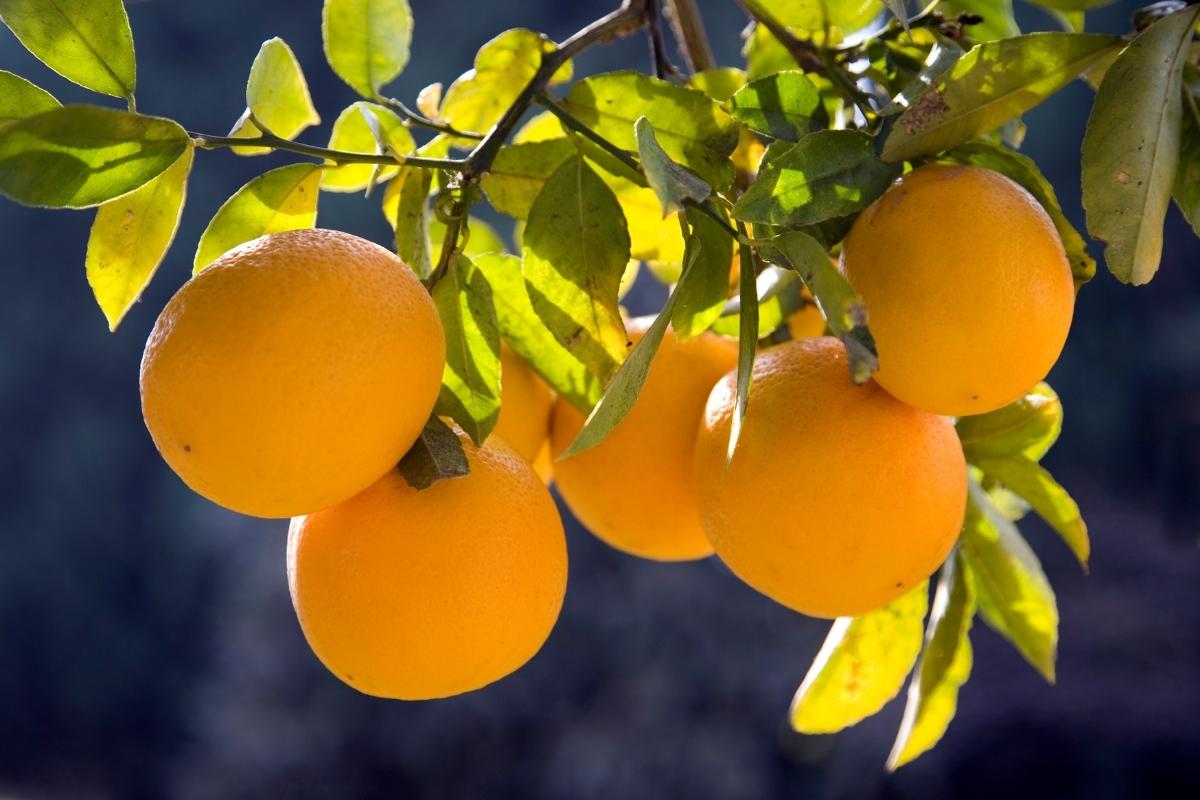Watson’s Guide to Growing Fruit Trees in the Pacific Northwest
Here at Watson's, we believe everyone in the Pacific Northwest can grow fruit trees right in their own backyard. While our PNW climate offers unique opportunities and challenges, our team at Watson's is here to guide you.
Fruit Tree Selection
The first step to a successful harvest is choosing the right fruit trees. At Watson's, we stock a wide variety of trees perfect for PNW yards in full, semi-dwarf and dwarf sizes so you can find a tree that fits your space.
Fruit Tree Varieties
Apples: For our region, varieties like Honeycrisp, Gala, and Fuji are customer favorites that we carry every year, as they are well-suited to our cooler summers and produce delicious fruit.
Cherries: Sweet cherries like Bing and Rainier, and tart cherries like Montmorency, all flourish here. Choose based on your taste preferences and intended use.
Pears: Both European varieties like Bartlett and D'Anjou, and Asian pears, thrive in the PNW. Their sweet, juicy fruit is a welcome addition to any yard. Ask our team about our current selection.
Plums: Italian and Seneca plums are popular choices, offering a mix of sweet and tart flavors.
Peaches: Opt for varieties that tolerate cooler summers, such as Frost and Reliance. We know these varieties do well in our area and often have them in stock. Check out our Growing Mini Peach Trees in the Pacific Northwest: A Complete Care Guide post if you’re interest in dwarf peach trees.
Dwarf and Semi-Dwarf
For most yards, dwarf and semi-dwarf trees are ideal. They grow to a manageable size, making them easier to prune, harvest, and care for. Some dwarf varieties can even be grown in containers, perfect for patios or decks. We have a selection of these varieties at Watson’s. Talk to our team about what dwarf varieties are best for your yard and containers.

Planting Dwarf Trees in Containers
Dwarf fruit trees can thrive in containers, making them perfect for smaller yards, patios, or balconies. When planting in containers, choose a pot that is at least 18-24 inches in diameter to accommodate the tree's root system.
Use a high-quality potting mix that drains well, and ensure the container has drainage holes. Position the container in a sunny spot, and water regularly, as container-grown trees tend to dry out faster than those planted in the ground. Our team can help you select the right container, soil, and dwarf variety for your space.
Pollination Made Simple
Many fruit trees require cross-pollination to produce fruit. This means you’ll need to plant two different varieties that bloom at the same time. For example, most apple trees need a pollinator, while some cherry varieties are self-pollinating.
When selecting your trees, ensure you understand the pollination requirements. Our knowledgeable team can help you choose compatible pollinators. If you are extremely limited on space, look for self-pollinating varieties.
Example:
- Apples: Gala and Fuji are good pollinators for each other.
- Cherries: Bing cherries require a pollinator, like Rainier. Montmorecy cherries are self-pollinating.
- Pears: Bartlett and D'Anjou pollinate each other.
- Plums: Italian Plums can self-pollinate, but Seneca need a pollinator.

Planting Guide
Once you’ve selected your trees, it’s time to plant them. Here’s how to give them the best start.
Finding the Perfect Spot in Your Yard
Fruit trees need at least 6-8 hours of direct sunlight per day. Choose a sunny spot in your yard with well-draining soil. Avoid low-lying areas where water can accumulate. Also, consider protecting your trees from strong winds, especially during flowering.
Preparing Your Soil
Before planting, test your soil to determine its pH and nutrient content. Amend the soil as needed with compost or other organic matter to improve drainage and fertility. At Watson’s, we carry soil testing kits and a wide range of soil amendments. Dig a hole that’s twice as wide as the root ball and just as deep."
Carefully place the tree in the hole, ensuring the graft union (the swollen area near the base of the trunk) is above the soil line. Backfill the hole with soil, gently firming it around the roots. Water the tree thoroughly to settle the soil and eliminate air pockets. Apply a layer of mulch around the base of the tree to retain moisture and suppress weeds. We can advise you on the best mulch for your trees.
Caring for Your Fruit Trees
Proper care is essential for healthy, productive fruit trees. Watson’s has everything you need to keep your trees thriving:
Watering
Water your trees deeply and regularly, especially during the first year and during dry periods. Allow the soil to dry slightly between waterings to prevent root rot. Our team can advise you on the best watering schedule for your trees.
Fertilizing
At planting time, use E.B. Stone Starter Fertilizer to give your trees a nutrient boost. For ongoing nutrition, apply E.B. Stone Fruit & Berry Food according to the package directions. These fertilizers, available at Watson’s, provide the essential nutrients for healthy growth and fruit production. Our team can help you understand fertilizer labels and application instructions."
Pest and Disease Control
The PNW has its share of pests and diseases, including codling moths, apple scab, and cherry fruit fly. Preventative measures are key. Captain Jack's pest prevention sprays, available at Watson’s, are effective and safe options. Follow the label instructions for application.
We recommend that you buy your sprays when you get your tree, so you can start treatment early to prevent pests and fungal growth. Early detection and treatment are crucial for keeping your trees healthy. Our team can help you identify and treat common pests and diseases.
Winter Care
Protect your trees from frost and snow by mulching around the base. Dormant oil sprays, available can help control overwintering pests. Continue to monitor your trees for any signs of stress or disease. We can provide you with all the winter care products you need.
Conclusion
With careful planning and proper care, you can enjoy a bountiful harvest for years to come. Start your fruit tree journey today and visit us for all your fruit tree needs. Our team is here to help you every step of the way.



